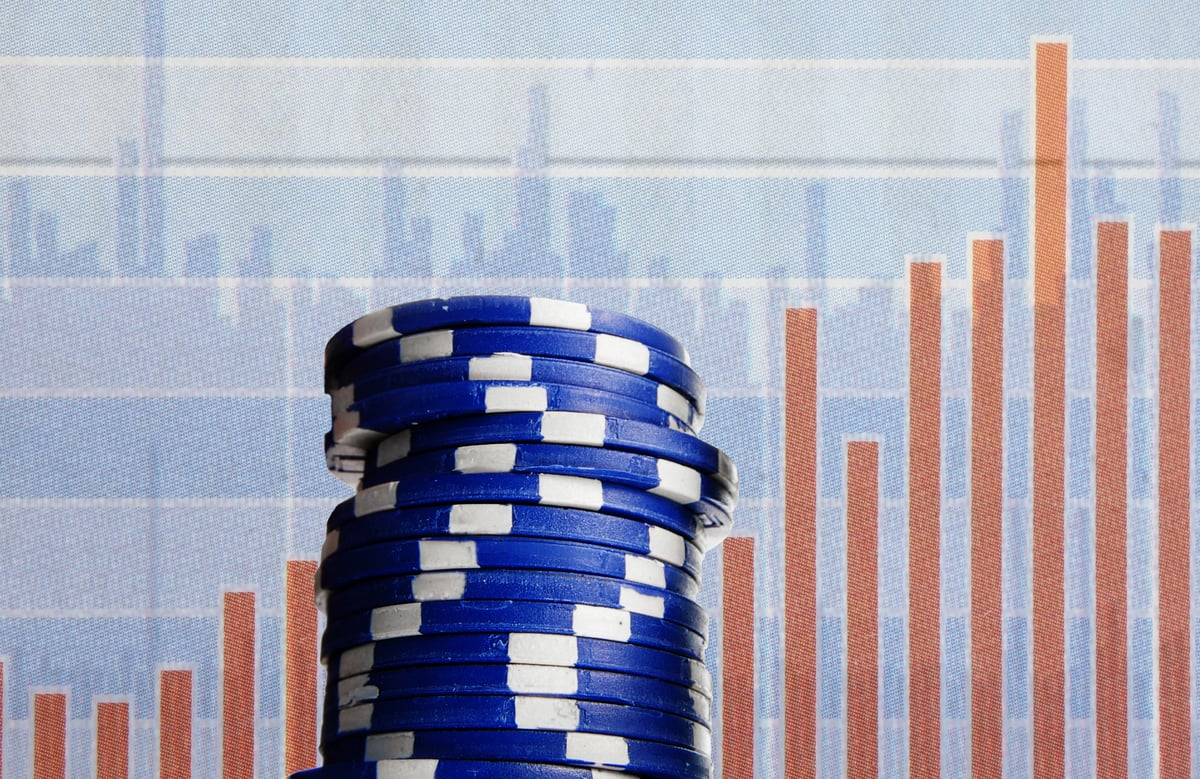McDonald's (MCD 0.78%) recently fused fast food with technology to turn its Happy Meal boxes into virtual reality headsets in Sweden. The concept is essentially the same as Alphabet's (GOOG +0.64%) (GOOGL +0.64%) Google Cardboard -- fold up a piece of cardboard, add lenses, and insert a smartphone to create a crude VR headset.
Users can then play an online VR game, in which they collect stars while skiing downhill, on McDonald's "Happy Goggles" website. The company hasn't announced if it will release the app in the U.S. yet.

Source: McDonald's.
All aboard the VR bandwagon
McDonald's isn't the only company to jump across industry lines and onto the VR bandwagon. Coca-Cola (KO 0.18%) recently did the same thing by converting some of its 12-pack boxes into VR viewers for an upcoming app. The New York Times inserted free Google Cardboard viewers into a Sunday edition for viewing VR videos on a companion app. These types of promotions are popular because the materials don't cost much, but can generate lots of media buzz.
For McDonald's and Coca-Cola, the VR games may serve as innovative brand promotion tools. For the Times, VR videos can provide immersive news experiences that leave a more lasting impression than online articles and videos. These sample headsets all build upon what Google is trying to accomplish with Cardboard -- to encourage mainstream users to experience and embrace VR apps.
A $30 billion market opportunity
Tech M&A advisory firm Digi-Capital estimates that the global VR market will grow from practically nothing today to a $30 billion industry by 2020. The media is currently focused on high-end headsets like the Samsung (NASDAQOTH: SSNLF) Gear, Oculus Rift, and Sony's (SNE 1.49%) soon-to-arrive PlayStation VR, but the market's long-term growth will depend heavily on companies like McDonald's, Coca-Cola, and The New York Times showcasing VR apps to mainstream consumers.
These cardboard headsets probably won't significantly move the needle for the individual companies on their own, but together, they could boost the growth of the VR market. Therefore, investors should watch carefully to see where the rise of cardboard headsets leads the fledgling market over the next few years.












